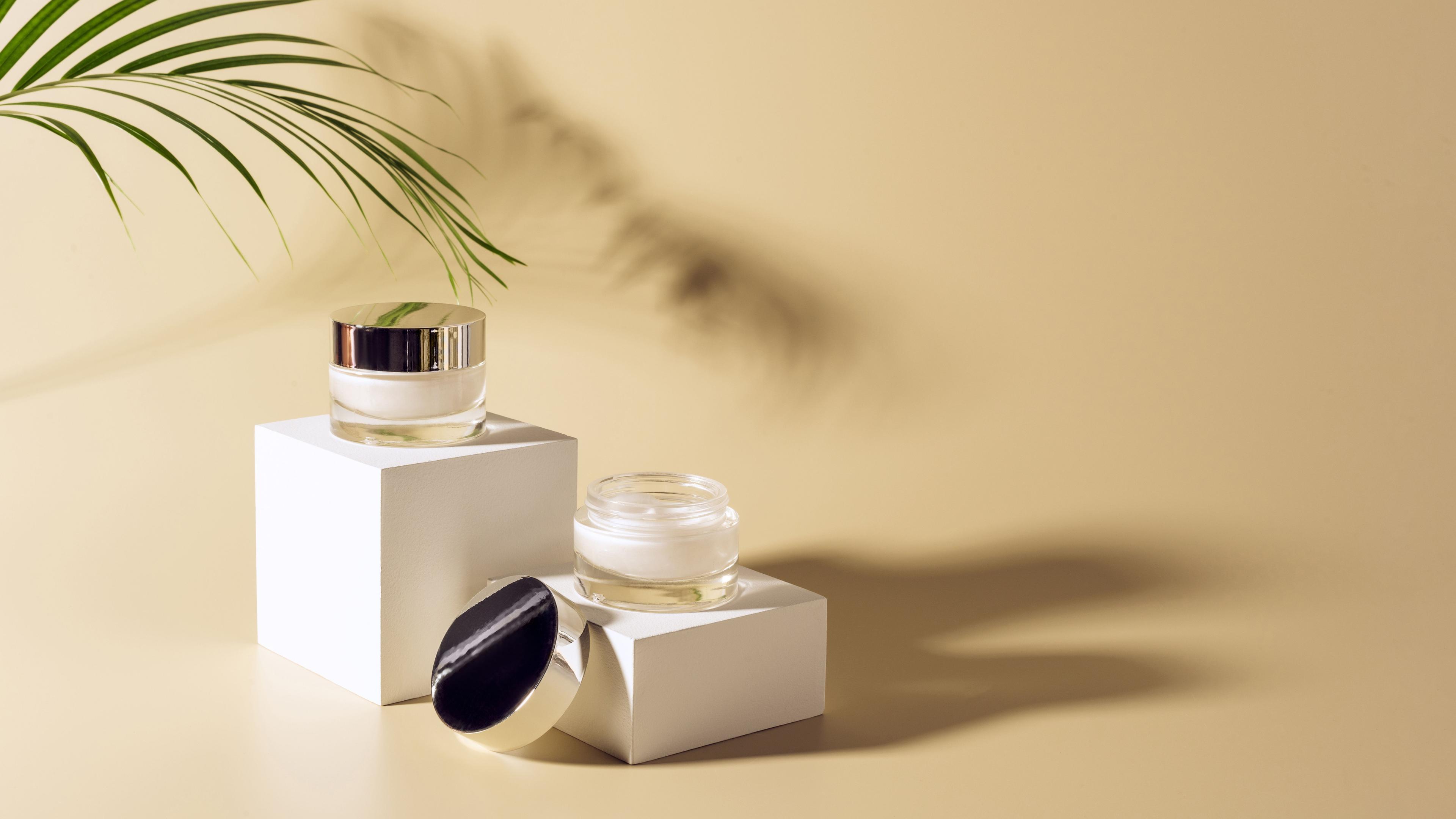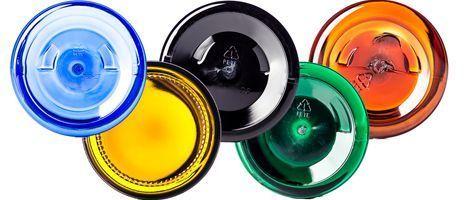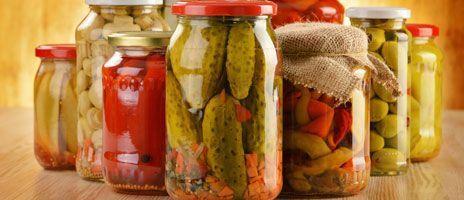A Beginner’s Guide to Cosmetic Container Selection


The Importance of Choosing the Right Cosmetic Containers
Selecting the right cosmetic containers is a crucial step in product development. The packaging not only protects the product but also influences consumer perception and brand identity. Whether you’re launching a skincare line, a makeup collection, or haircare products, choosing the right containers ensures product integrity, functionality, and aesthetic appeal.
Cosmetic packaging also plays a significant role in marketing. A well-designed container can set your product apart from competitors and attract the right audience. Understanding the latest trends, consumer expectations, and sustainability concerns can help new brands establish themselves in the beauty industry. This guide will help beginners understand the key factors in selecting cosmetic containers, from material choices to functionality and sustainability considerations.
1. Understanding Your Product’s Needs
Before choosing a container, it’s essential to assess your product’s characteristics and packaging requirements. A mismatch between the container and the product can lead to issues such as leakage, contamination, or reduced shelf life.
Key Considerations:
- Product type: Is it a liquid, cream, gel, powder, or solid?
- Ingredient sensitivity: Does it need UV protection, airtight sealing, or airless pump technology?
- Shelf life: How long will the product last, and how does the container impact preservation?
- Usage convenience: Will the user need a pump, dropper, or squeeze tube for application?
- Regulatory compliance: Different regions have regulations regarding material safety and recyclability.
2. Material Options for Cosmetic Containers
The material of your container affects durability, sustainability, and consumer perception. Choosing the right material is crucial for maintaining product quality while reinforcing your brand’s identity.
Common Materials:
- Glass: Luxurious, recyclable, and ideal for serums and perfumes. Offers a premium look but is heavier and more fragile.
- Plastic: Lightweight, cost-effective, and versatile. Can be made from post-consumer recycled (PCR) plastic to reduce environmental impact.
- Aluminum: Durable, eco-friendly, and commonly used for aerosols, balms, and solid perfumes. Provides excellent protection against contamination.
- Bamboo & Biodegradable Options: Sustainable choices for eco-conscious brands. Often combined with glass or other materials for a premium feel.
- Paper-Based Packaging: Growing in popularity for solid beauty products like shampoo bars and deodorants, offering a fully compostable option.
3. Container Types and Their Uses
Different products require different types of containers to enhance usability and protection. Understanding these options helps in selecting the most functional and visually appealing packaging.
Common Types:
- Jars: Best for creams, balms, and masks. Wide openings allow easy access but may require spatulas to maintain hygiene.
- Bottles: Suitable for liquids like toners, serums, and foundations. Available in pump, dropper, and spray variations.
- Tubes: Convenient for lotions, gels, and travel-friendly applications. Squeeze tubes with controlled dispensing are great for hygiene.
- Pumps & Droppers: Ideal for controlled dispensing of serums, oils, and liquid foundations. Prevents contamination and ensures precise application.
- Compacts: Used for pressed powders, blushes, and eyeshadows. Magnetic closures and mirror additions enhance functionality.
- Airless Containers: Extend product shelf life by preventing air exposure, commonly used for organic or preservative-free formulations.
4. Sustainability Considerations
Eco-friendly packaging is becoming increasingly important to consumers. Beauty brands are under pressure to reduce waste and use sustainable materials to minimize their environmental footprint.
Key Sustainable Practices:
- Recyclability: Use materials that can be easily recycled, such as glass, aluminum, and certain plastics like PET and PP.
- Refillable Options: Encourage reuse and reduce waste by designing containers with refillable inserts or cartridges.
- Minimalist Packaging: Reduce unnecessary materials and focus on essential packaging elements. Eliminate excess layers, caps, and plastic wraps.
- Biodegradable & Compostable Materials: Paper-based tubes, bamboo, and plant-based plastics help reduce long-term waste.
- Waterless Beauty Products: Concentrated formulas that require minimal packaging, such as shampoo bars and powder-based cleansers.
Brands that embrace sustainable packaging solutions can appeal to eco-conscious consumers while reducing their environmental impact.
5. Balancing Cost and Quality
Choosing the right container also means finding a balance between cost and quality. While premium materials may enhance branding, they can also increase manufacturing expenses. Understanding pricing structures and supplier options helps in making cost-effective decisions.
Cost Factors to Consider:
- Material Costs: Glass and aluminum are typically more expensive than plastic but offer greater sustainability and perceived value.
- Manufacturing Costs: Custom molds, decoration techniques, and embossing can add to production expenses.
- Minimum Order Quantities (MOQs): Many suppliers have MOQs that may affect initial budgeting.
- Supplier Reliability and Lead Times: Ensure your supplier can deliver consistent quality and meet production schedules.
- Customization Costs: Branding elements like screen printing, color matching, and metallic finishes may add to the overall cost.
Balancing aesthetics, functionality, and affordability ensures that the final packaging aligns with your brand goals without exceeding your budget.
6. Customization and Branding
A well-designed cosmetic container helps establish a strong brand identity. Consumers often associate packaging aesthetics with product quality, making design and customization a crucial part of container selection.
Customization Features:
- Embossing and Debossing: Raised or recessed logos enhance brand recognition.
- Frosted or Tinted Glass: Adds a luxurious and unique appearance.
- Color Matching: Custom colors that align with your brand palette.
- UV Coating & Matte Finishes: Create a high-end look and improve durability.
- Refillable Packaging: Reinforces sustainability messaging while allowing for long-term consumer engagement.
7. Testing and Quality Assurance
Before committing to large-scale production, testing your packaging is essential to ensure it meets industry standards and consumer expectations.
Testing Methods:
- Leakage Testing: Ensures liquid formulations do not seep through container seals.
- Compatibility Testing: Confirms that packaging materials do not react negatively with cosmetic formulations.
- Durability Testing: Assesses the resistance of the packaging to pressure, drops, and temperature variations.
- User Experience Trials: Evaluates consumer interaction, ease of use, and dispensing efficiency.
- Environmental Impact Assessment: Measures recyclability, decomposition rates, and overall sustainability impact.
Making the Right Choice for Your Brand
Selecting the right cosmetic containers ensures product effectiveness, customer satisfaction, and sustainability. By understanding material options, packaging types, branding considerations, and cost factors, businesses can make informed choices that align with their product vision and market trends.
The right packaging tells your brand’s story, enhances consumer trust, and sets the foundation for long-term success. Whether your focus is luxury, sustainability, or innovation, making well-researched packaging choices will ensure your cosmetic products stand out in the competitive beauty industry.
Need help selecting the perfect cosmetic containers? Explore our range of packaging solutions today!




